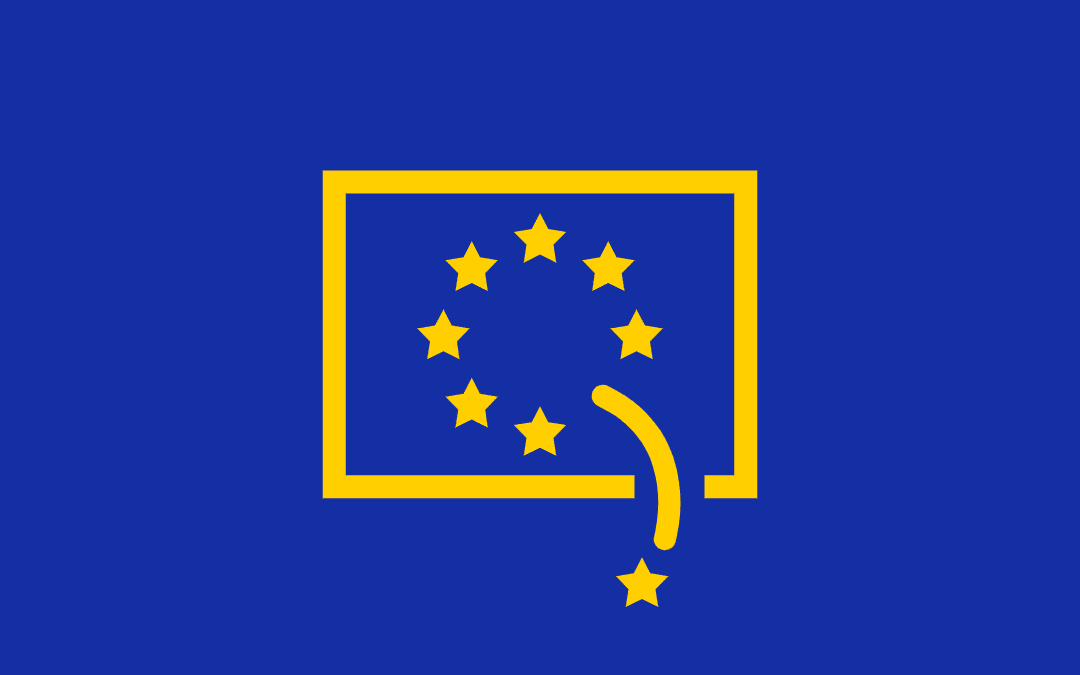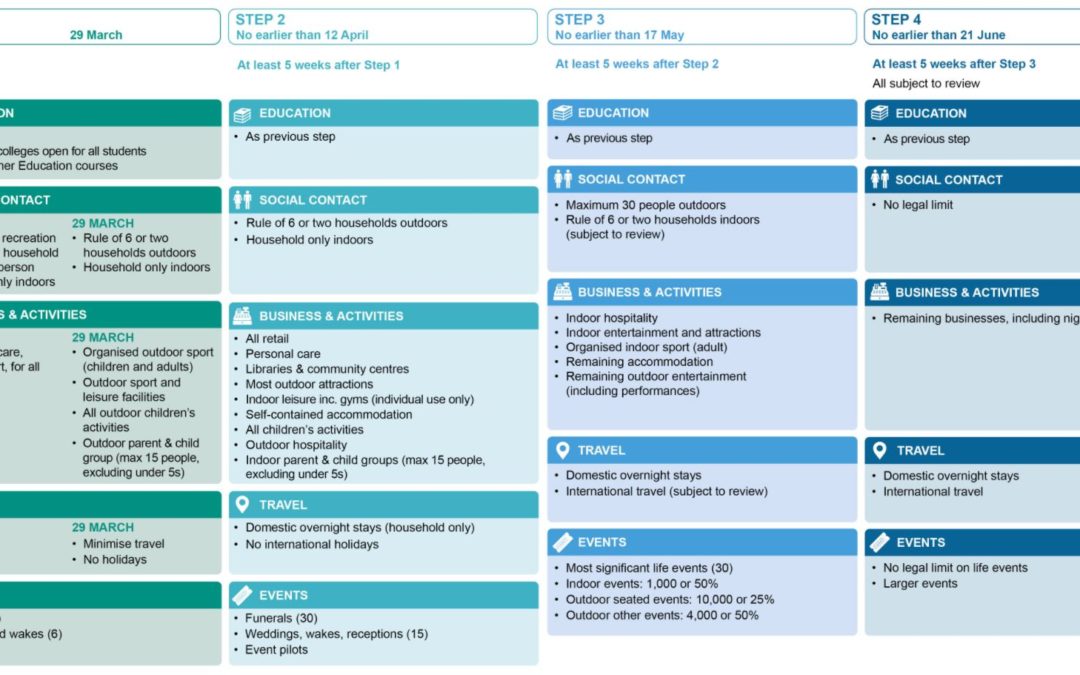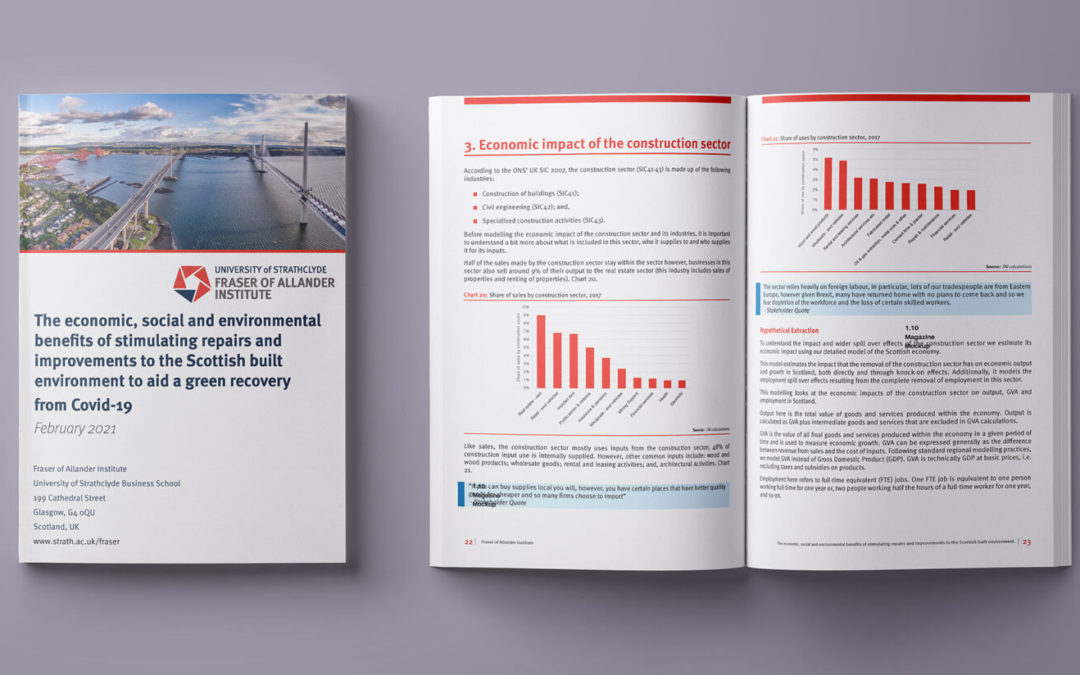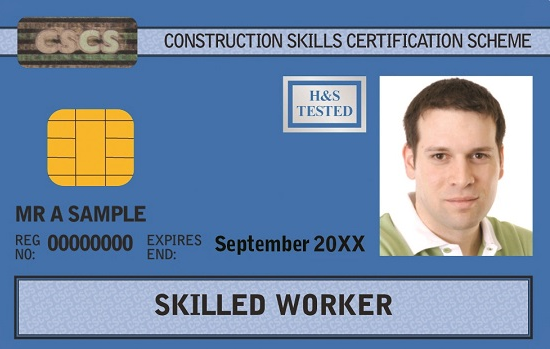
Brexit Update: Simplified Guide to Rules of Origin
What are Rules of Origin?
Rules of Origin determine the economic nationality of a good under a Free Trade Agreement
(FTA). Businesses need to know about them because the Trade and Cooperation Agreement (TCA) means they can trade with the EU without paying tariffs – but only if their product meets the relevant Rules of Origin.
How do Rules of Origin impact my business?
To export tariff-free into the EU, traders must check their goods meet the Rules of Origin requirements set out in the Trade and Cooperation Agreement and have the right documentation. If your goods do not meet the Rules of Origin, they may face a tariff upon export to the EU.
What action do I need to take?
Watch the new on demand video which summarise Rules of Origin processes for businesses.
Then, if you are a UK exporter and your EU importer wants to claim zero tariffs on your goods, there are 3 key steps to work out whether your goods comply with rules of origin:
- Classify your good – every good has a commodity code and a list is available on uk
- Understand whether your good meets the applicable rule of origin from the TCA (Chapter 2 as well as Annexes ORIG-1 to ORIG-4 will be most useful). You can also use the export checker tool to find out what rule of origin applies to your exports.
- Understand how to demonstrate origin to the customs authorities.
For help in working out whether your goods comply and how to demonstrate this to customs authorities, read the Rules of Origin Guidance on trading with the EU.
You may choose to use a customs agent to help you with Rules of Origin and there is guidance available here on how to find one.
Useful Resources
For any further queries or general business advice you can contact BEIS’ dedicated business support helplines or ask customs and tax related queries and other border related queries on one of our forums. There is specific guidance and training on moving goods into, out of, or through Northern Ireland on gov.uk. You can also use the Brexit Checker tool on gov.uk/transition, which will provide you with a personalised list of the most up to date actions that your business needs to take.
FREQUENTLY ASKED QUESTIONS: General Questions on Rules of Origin
1. Can I export tariff free under the new UK-EU trade deal?
As of 1 January 2021, goods exported to the EU are eligible for zero tariffs if the goods meet the Rules of Origin requirements set out in the Trade and Cooperation Agreement (TCA) and have the right documentation. If not, the goods may be subject to EU tariffs.
The same applies for imports to the UK from the EU.
2. What are Rules of Origin?
Rules of Origin determine the ‘economic nationality’ of a good. They are a standard part of free trade agreements (FTAs).
Rules of Origin require a qualifying level of manufacturing in the country of export to access zero tariffs. This ensures only goods produced in the countries party to the FTA (the UK or the EU) benefit from zero tariffs.
3. How do I comply with Rules of Origin?
First, traders need to understand whether their good meets the applicable rules. To do this they need to classify the good to find its Harmonized System Code and then consider the relevant rules for that good. Traders can do this using this online tool
Second, traders need to understand how to demonstrate origin to the customs authorities and what paperwork they need to include with the good when exported. Traders can self-declare goods meet the rules by making out a statement on origin. Alternatively, the importer can use importer’s knowledge. Traders should look at the origin procedures in the text of the Agreement.
4. What if I am importing goods into GB and then (re-)exporting them to the EU?
The UK is no longer part of the EU Customs Union. This means that goods imported into GB cannot move freely between GB and EU Member States or vice versa. To be eligible for zero tariff export to the EU, these goods still need to comply with Rules of Origin. This means there must be some production in the UK. This applies to EU origin goods as well as to goods from the rest of world.
If traders move goods through GB from one EU Member State to another without the goods entering UK customs territory (i.e., without entering free circulation in GB), the goods may not need to meet Rules of Origin. Traders should consider whether they are able to use special customs procedures, such as the Transit Procedure (where the goods are moving through UK customs territory) or Returned Goods Relief procedure (for goods re-exported to the EU).
5. If I import goods from a third country, e.g., China and then re-export them to the EU, can I avoid tariffs?
If a good is exported from China to the UK, it will face a tariff upon import into the UK as it falls outside the scope of the TCA or any other UK Free Trade Agreement.
The TCA provides for tariff-free trade export for goods from the UK to EU that meet the Rules of Origin. So, the goods from China must meet the TCA Rules of Origin in the exporting country, in this case the UK, in order to avoid paying a tariff upon export to the EU.
6. If a product is manufactured in the UK using EU-sourced materials, does that qualify towards meeting Rules of Origin?
The UK and EU negotiated full bilateral cumulation in the TCA. This means that any EU-originating materials and processing will be treated the same as UK sourced material for the purposes of Rules of Origin (and vice-versa).
To be eligible for cumulation, materials must be EU or UK originating (so not just sourced in the UK/EU but originating there).
And while EU-originating materials can count towards meeting Rules of Origin, importantly, the processing or manufacturing done in the UK must go beyond insufficient processing in order for the goods to attain originating status.
Guidance on rules of origin in the UK-EU TCA, including what Rule of Origin applies to your products, can be found here. The full list of processes which do not confer origin can be found in Article ORIG.7 Insufficient Production, in the TCA.
7. What counts as insufficient processing?
The full list of processes which do not confer originating status is available in Article ORIG.7 Insufficient Production in the TCA. Completion of one or any combination of the included processes is insufficient to confer originating status.
For example, ‘simple painting and polishing operations’ or ‘peeling, stoning and shelling, of fruits, nuts and vegetables’ are not considered to be significant manufacturing and as such do not confer originating status by themselves.
You should always check the relevant Product Specific Rule of Origin for each product you wish to export. If the Rule for your product indicates an allowed percentage of non-originating materials (NOM), your product must meet this Product Specific Rule AND go beyond insufficient processing.
8. Will I face a tariff if I send goods to the EU for repair?
Businesses can apply for Outward Processing Relief which allows a business to pay less customs duty & VAT when goods re-enter the UK after being sent elsewhere for repair or processing.
Both the UK and the EU will be retaining their existing Outward Processing Relief regimes. The use of the procedure is subject to the authorisation of the respective customs authority. Information on the UK’s scheme can be found here.
You can also use inward processing relief to pay less customs duty & VAT when bringing goods into the UK for processing or repair. Information on the UK’s scheme can be found here.
9. Is the 6-month easement on duty only for imports?
Yes, the 6-month staged import controls and associated deferral of customs declarations and duties (in effect from 1 Jan 2021) are only for imports into the UK from the EU.
Any duties that are payable are required to be paid after from 1 July 2021.
10. For items originating from the EU – what impact does Rules of Origin have for onward trade to NI?
If you are sending EU origin goods from Great Britain to Northern Ireland, you must first determine if the goods are considered ‘at risk’ (of entering the EU). If they are not ‘at risk’ or you can declare the good not ‘at risk’ through the UK Trader Scheme, no tariff will be due.
Traders could consider using customs procedures to mitigate the tariffs due on entry to NI for ‘at risk’ goods. These procedures include the Transit Procedure (where the goods are moving through UK customs territory), Customs Warehousing (where goods are stored in duty suspension in a designated warehouse under customs control) or Returned Goods Relief procedure (for goods re-exported to the EU).
Traders should also consider claiming a waiver of the tariff, subject to state aid de minimis limits. In future, traders could consider claiming a reimbursement of the tariff, if goods could later be shown to have remained in NI/returned to GB. The reimbursement scheme is currently in development.
The new Trader Support Service (TSS) can help you to understand the options available to mitigate the risk of paying any tariffs when moving goods into Northern Ireland from Great Britain but cannot make the decision which option if best for you and your businesses unique business practices.
If your EU goods undergo further production in the UK which goes beyond the list of operations in Article ORIG. 7 “Insufficient Production” then these goods will become UK origin under the TCA, and you can apply zero tariffs if you have the necessary supporting paperwork.
Detailed guidance on moving goods into, out of, or through Northern Ireland is available here.
11. What if our supply chain cannot trace the precise location of their raw materials because they are sourced from all over the world?
Goods are typically considered to be non-originating unless proven otherwise. However, you need to check the product-specific rules for the product in question – tracing of materials would only be needed if you could not meet a process based rule through the activity you carry out in the UK.
If, for example, you can use a Change of Tariff Subheading (CTSH) rule and the inputs that are used are in a different 6-digit customs classification (subheading) to that of the product, the origin of the inputs is irrelevant as you would have met the rule in your own processing.
As with any Product Specific Rule, the processing or manufacturing done in the UK must go beyond insufficient processing (see Article ORIG.7 Insufficient Production in the TCA).
12. Is the maximum allowed percentage of non-originating materials (MaxNOM) the same for all products under the TCA?
No. You should always check the relevant Product Specific Rule of Origin for each product you wish to export, as there are different rules for different products, including any maximum allowed percentage of non-originating materials (MaxNOM).
If the Rule for your product includes a percentage of MaxNOM, your product must meet this Product Specific Rule AND go beyond insufficient processing.
13. Do these Rules of Origin also apply to other countries with which the UK has a free trade agreement?
All FTAs will have Rules of Origin, but these are specific to each trade agreement. You can find guidance on the UK’s other Free Trade Agreements here, to understand which Rules of Origin apply to trade with that country.
FREQUENTLY ASKED QUESTIONS: On demonstrating goods comply with Rules of Origin
1. Can I use a customs agent to help me with Rules of Origin?
Yes. There is guidance available on how to find a customs agent:
https://www.gov.uk/guidance/appoint–someone–to–deal–with–customs–on–your–behalf
Compliance remains the responsibility of the importer and exporter.
2. What text do I need to use for origin statements?
The statement on origin must be provided on an invoice or on any other document that describes the originating product in sufficient detail to enable the identification of that product.
The statement on origin must take the form of the text found in Annex ORIG-4 of the UK-EU TCA (pg. 482).
In the UK, the Exporter Reference Number will be the Economic Operator Registration and Identification (EORI) number.
If the statement on origin is completed for multiple shipments of identical originating products within the meaning of point (b) of Article ORIG.19(4) [Statement on Origin] of the TCA, indicate the period for which the statement on origin is to apply. That period shall not exceed 12 months. Importations of the product must occur within the period indicated. If a period is not applicable, the field may be left blank.
3. Do I need a declaration from my supplier?
If the goods you are exporting incorporate originating materials from a supplier, you may need a declaration from your supplier to meet Rules of Origin requirements.
Until 31 December 2021, exporters may make out statements on origin based on supplier’s declarations even if they do not have all the relevant supplier’s declarations in hand at the time they make the statement on origin. Exporters must be confident that the exported goods meet the Rules of Origin requirements and may be asked to retrospectively provide a supplier’s declaration after this date.
4. What does the ‘supporting documentation’ from suppliers need to look like for proving origin?
If you are exporting goods you may need to get a suppliers’ declaration to prove the origin of materials used in the manufacture process. The declaration must use the exact form of words indicated in the UK-EU TCA (page 479).
Suppliers’ declarations can be made on the invoice for the goods supplied, on a bill of materials, or on any commercial document that fully identifies the goods. A supplier’s declaration may be made out to cover a single supply or to cover regular supplies made over a period of time (a long-term supplier’s declaration).
A supplier’s declaration is not always required. For information on when a supplier’s declaration is and isn’t required, and for the wording to use, see the guidance here.
5. What evidence is needed to prove ‘importers knowledge’ of origin?
To use ‘importer’s knowledge’ to claim preference (zero tariffs), the importer may need to have information about the product including:
- the HS code of the product and origin criteria used
- a brief description of the production process
- if the origin criterion was based on a specific production process, a specific description of that process
- if applicable, a description of the originating and non-originating materials used in the production process
- if the origin criterion was ‘wholly obtained’, the applicable category (such as harvesting, mining, or fishing; and the place of production)
- if the origin criterion was based on a value method, the value of the product as well as the value of all the non-originating and/or originating materials used in the production
- if the origin criterion was based on weight, the weight of the product as well as the weight of the relevant non-originating and/or originating materials used in the product
- if the origin criterion was based on a change in tariff classification, a list of all the non-originating materials including their tariff classification number under the Harmonized System (in 2, 4 or 6-digit format depending on the origin criteria); or
- the information relating to the compliance with the provision on non-alteration
(if applicable), for example a certificate of non-manipulation from the Customs Authority in the country of transit
Further guidance on importer’s knowledge can be found here.
6. Do I need to include an EORI number or REX registration number on a declaration of origin?
A UK exporter should use their UK EORI number on declarations of origin. If you don’t yet have an EORI number, find out how to get one here.
For consignments of a value above €6000 (currently £5700), an EU exporter must have a Registered Exporter (REX) number and include it on the statement of origin, in addition to their EU EORI code.
7. Where can I go for more information?
For full Rules of Origin guidance on trading with the EU, go to: https://www.gov.uk/government/publications/rules–of–origin–for–goods–movingbetween–the–uk–and–eu–





